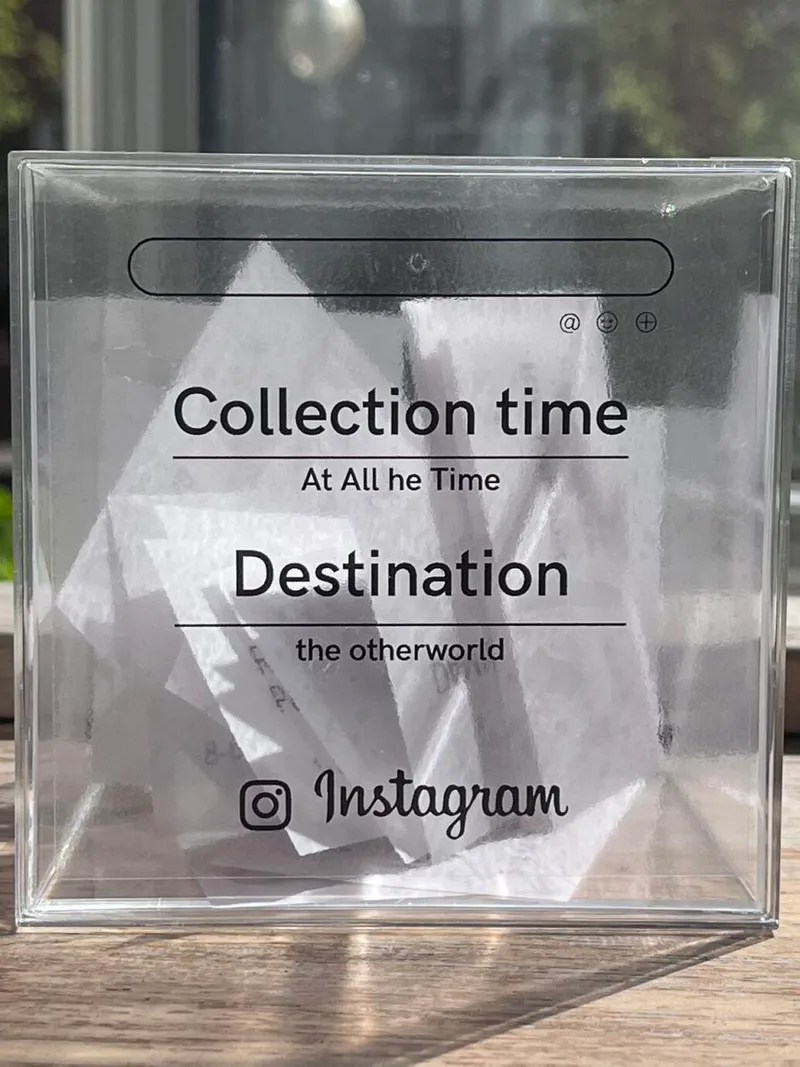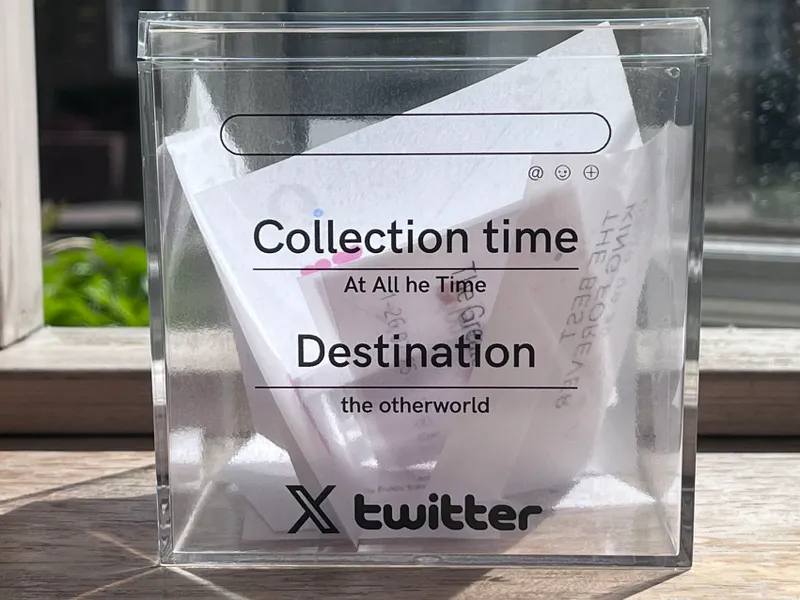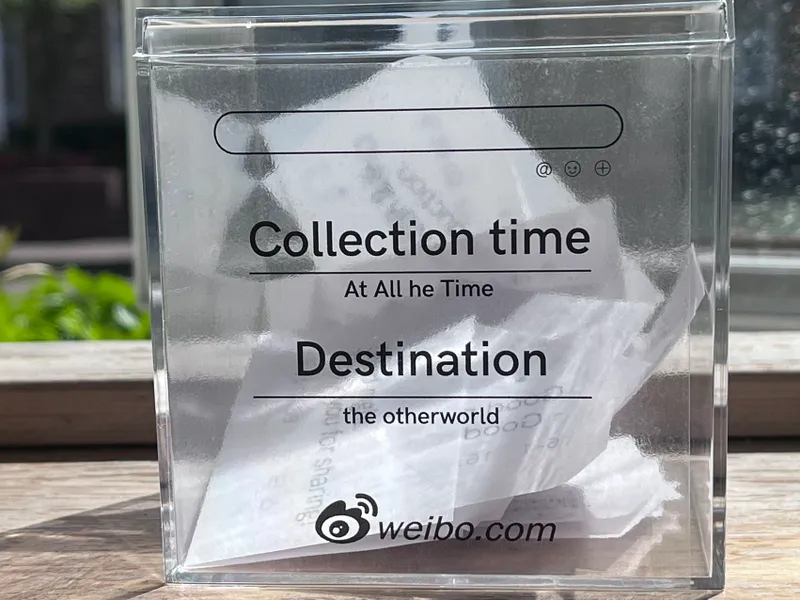Forms of death and mourning have been changing over time, and online mourning has expanded the space for the expression of grief and remembrance of the deceased. When social media accounts become the “digital legacy” of the deceased, social media becomes an ideal space for mourning across time and space, reconnecting the living and the dead. Expressing remembrance and refusing to forget, people spontaneously leave messages on the social media accounts used by the deceased, ranging from remembrance of the deceased to daily companionship and greetings. Mourners use social media accounts as emotional support, integrating remembrance of the deceased into their daily lives, and together, they maintain the deceased’s social existence and continue the deceased’s social life.
The project’s theme is how to explore the phenomenon of “online mourning” in the social media era through the design strategy of transmedia narratives and to reveal the public emotional space established by “online mourning”? The project aims to lead the public to pay attention to and understand the phenomenon of “online mourning”, to help the public understand the culture of online mourning, and to stimulate the public to think about and discuss the phenomenon of online mourning.
The project outputs span the mediums of video and installation. In the video, four scenes of online mourning in daily life are virtualised, using messages as a link between the deceased and the living and visualising the mourning space provided by social media. The intention of the circle is used as a metaphor for the continuation of the social life of the deceased in online mourning, and the changing combination of circles symbolises the group experience of online mourning. The installation uses the mailbox as a symbolic element to express that social media has become a “mailbox” for the living and the dead, a public and special mailbox to the other side of the world.


